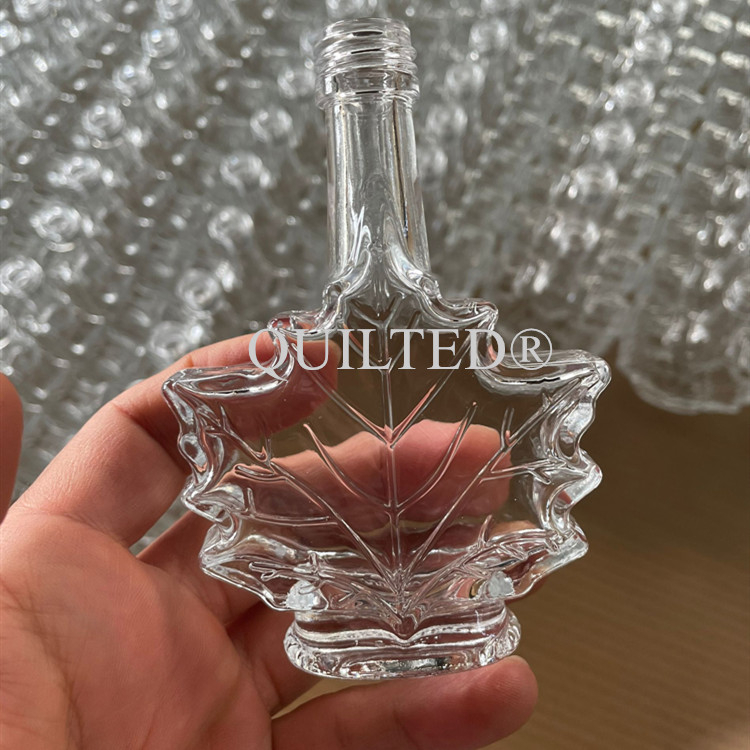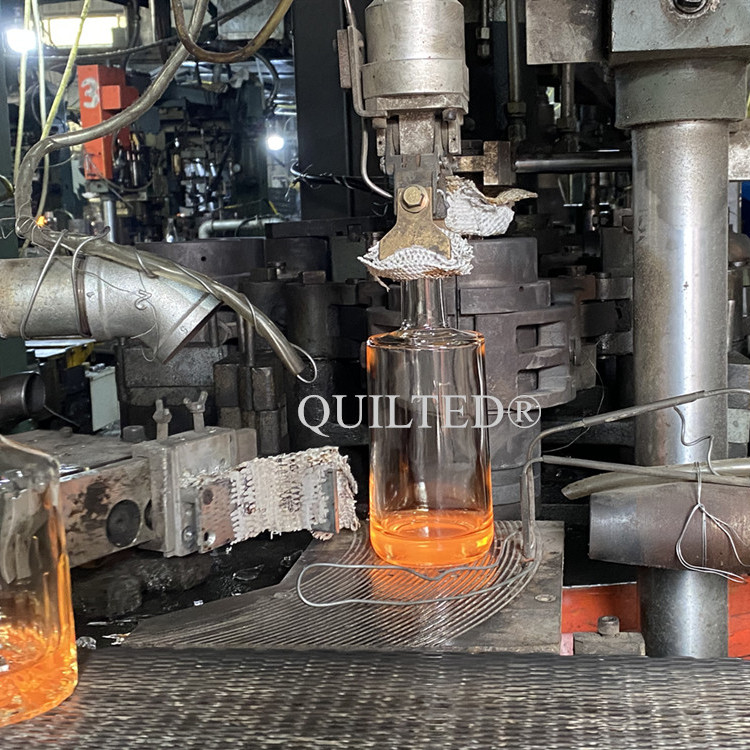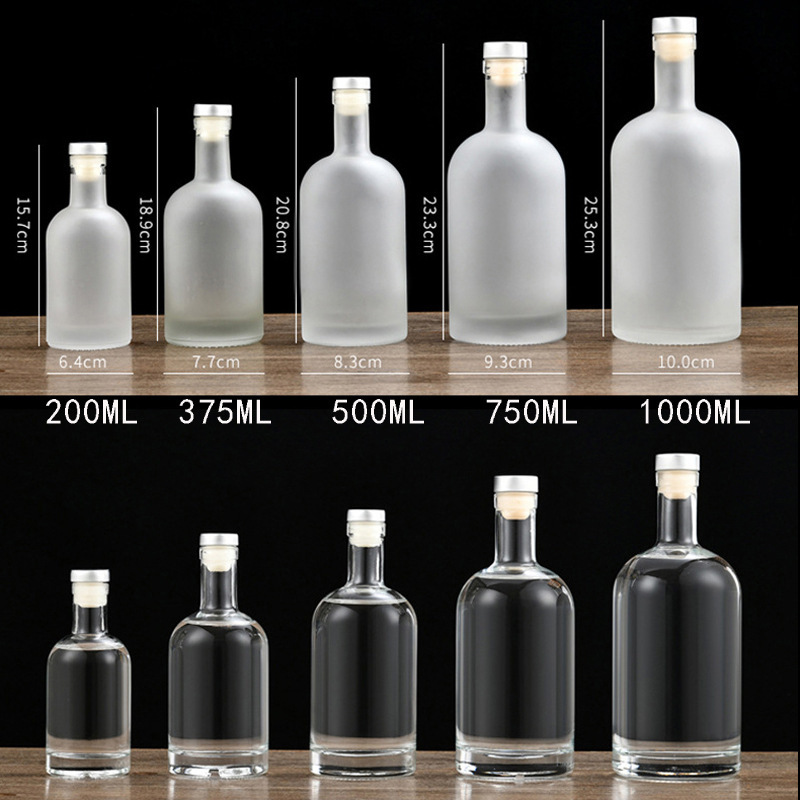As global temperatures rise, carbonated drink consumption surges, with the market projected to hit $605 billion by 2027 (Statista). Yet, discerning consumers increasingly report a noticeable difference: beverages in glass bottles simply taste better. At QLT Glass, with 17 years of packaging expertise, we engineer glass bottles that preserve effervescence, protect flavor, and align with eco-conscious values. Let’s explore why glass outperforms cans and plastic – and how QLT Glass elevates the experience.
—
1. The Science of Taste: Why Glass Bottles Preserve Carbonation Best
A. Chemical Stability
Glass’s inert composition prevents interactions with acidic ingredients like phosphoric or citric acid, common in sodas. Unlike aluminum cans (even with inner coatings) or PET plastic, glass ensures:
- Zero flavor leaching: No metallic aftertaste
- pH neutrality: Maintains drink integrity (pH 1–14 resistance)
QLT Glass Advantage: Our borosilicate formula adds 30% more chemical resilience, ideal for aggressive carbonated mixes.
B. Thermal Performance
| Material | Thermal Conductivity (W/m·K) | CO₂ Retention (24hrs at 25°C) |
|————-|——————————|——————————-|
| Glass | 1.05 | 98% |
| Aluminum| 237 | 82% |
| PET | 0.24 | 75% |
QLT Glass bottles’ low thermal conductivity slows CO₂ escape, keeping drinks fizzier longer.
2. Structural Superiority: Sealing & Pressure Resistance
A. Hermetic Sealing
- Glass: Precision-molded necks + tamper-evident caps = zero gas leakage
- Plastic: PET’s porous structure allows 0.5% daily CO₂ loss
- Cans: Seam vulnerabilities risk micro-leaks
QLT Innovation:
- Laser-Engraved Threads: 0.1mm tolerance for airtight seals
- Pressure-Tested: Withstand 15+ bar (3× industry standard)
B. Pressure Resilience
Carbonated drinks generate 3–4 volumes of CO₂. QLT Glass bottles:
- Use uniform wall thickness (±0.3mm via AI-guided IS machines)
- Undergo burst testing at 25 bar (vs. 10 bar for PET)
—
3. Environmental Impact: Glass vs. Alternatives
Recycling Efficiency:
- Glass: Infinitely recyclable without quality loss
- Aluminum: 95% energy-reuse efficiency
- PET: Downcycled into lower-grade plastics
QLT Glass’ Eco-Initiatives:
- Closed-Loop System: 40% recycled cullet in production
- Solar-Hybrid Furnaces: 30% lower carbon footprint
- Zero Wastewater: 98% process water recycled
Case Study: A QLT client reduced landfill waste by 18 tons/year switching from PET to reusable glass.
4. QLT Glass’ 5-Point Advantage for Beverage Brands
1. Taste Preservation: FDA-grade glass locks in freshness for 24+ months
2. Custom Designs:
- Ergonomic Shapes: Improved grip for chilled drinks
- UV-Blocking Tints: Amber/green options for light-sensitive formulas
3. Speed-to-Market:
- 72-hour prototype turnaround
- MOQs from 50,000 units
4. Global Compliance:
- ISO 9001 & FSSC 22000 certifications
- REACH/SVHC-compliant materials
5. Cost Efficiency:
- 20% lighter designs vs. standard glass
- Bulk discounts on 100K+ orders
Post time: Mar-03-2025


